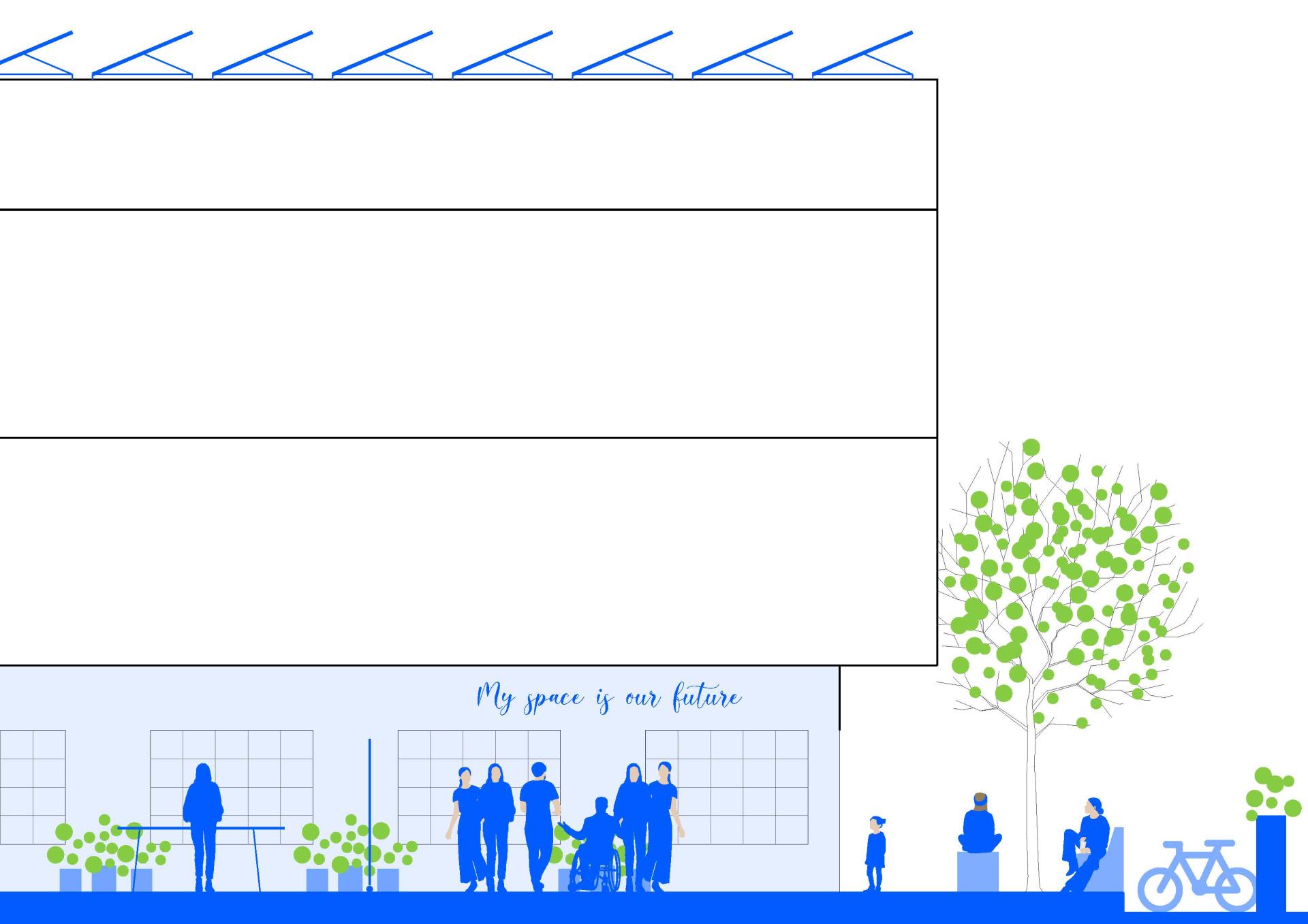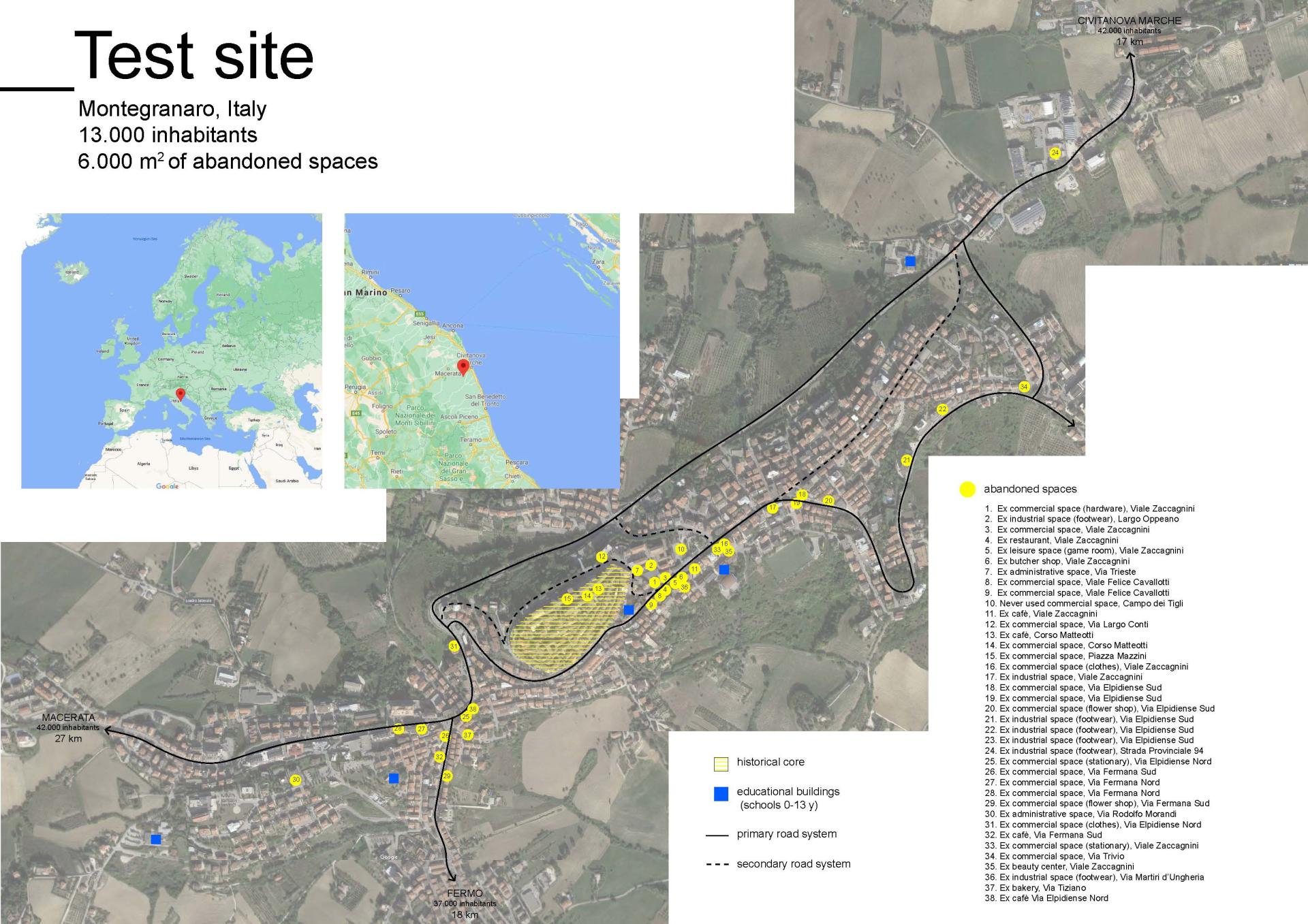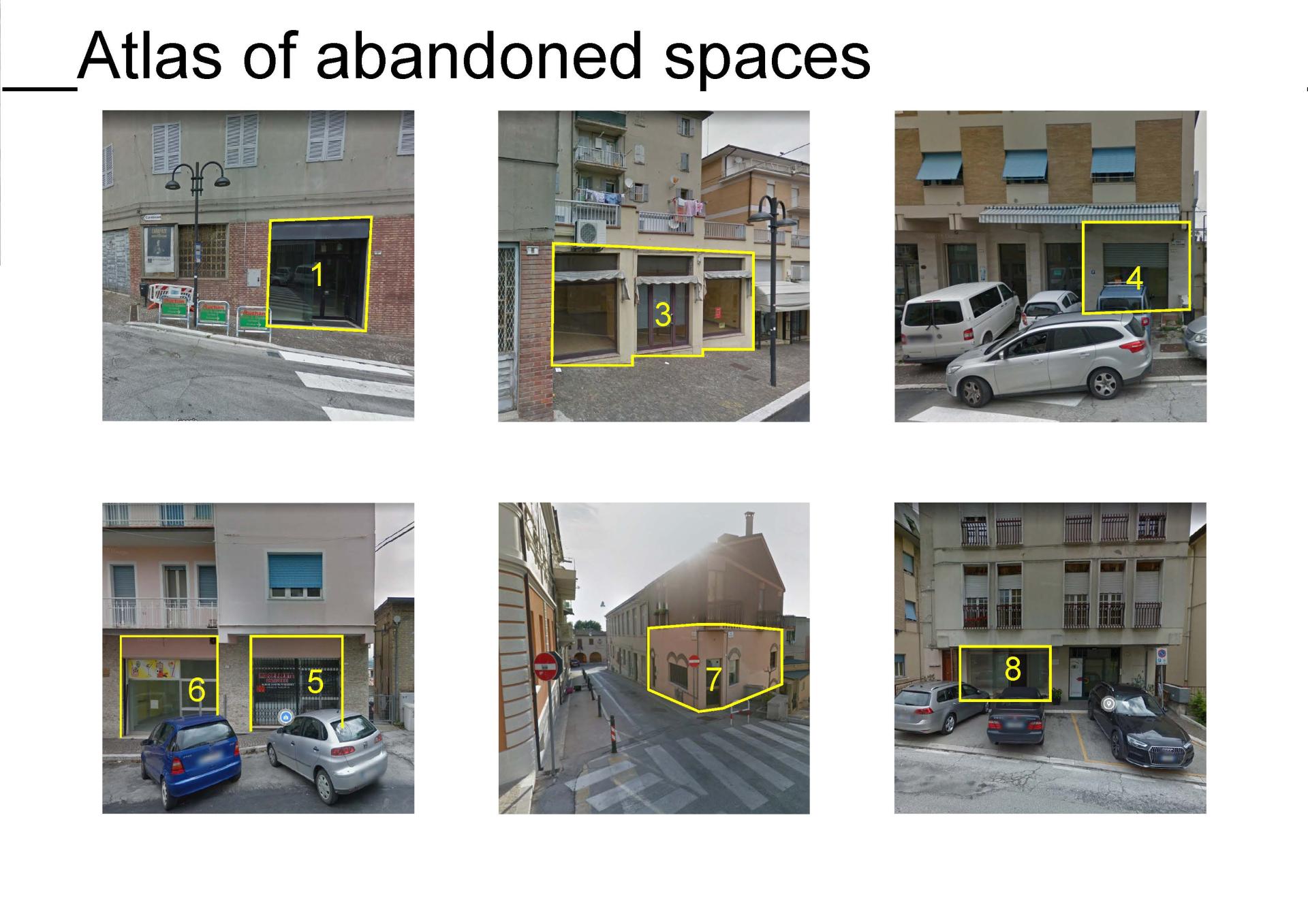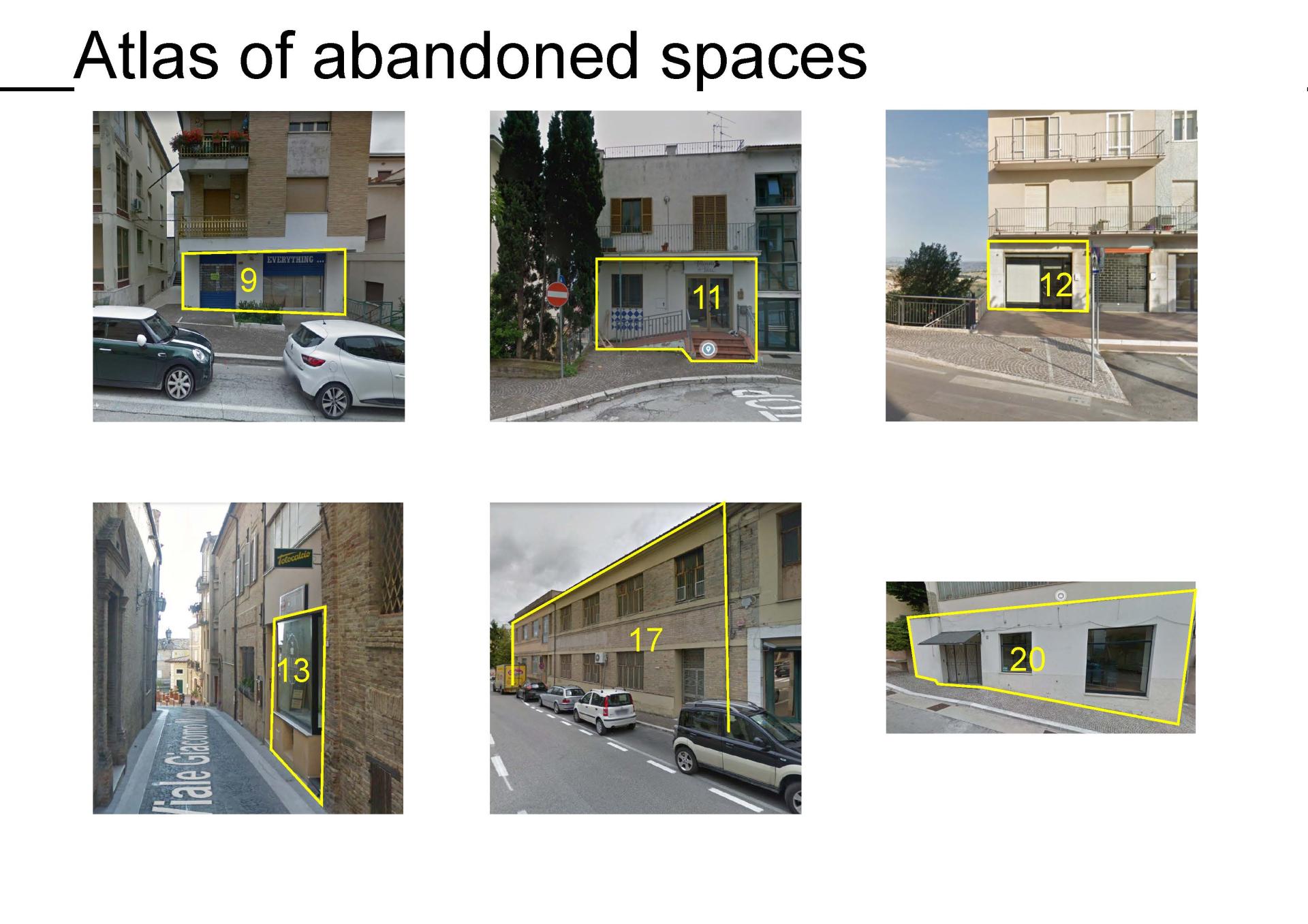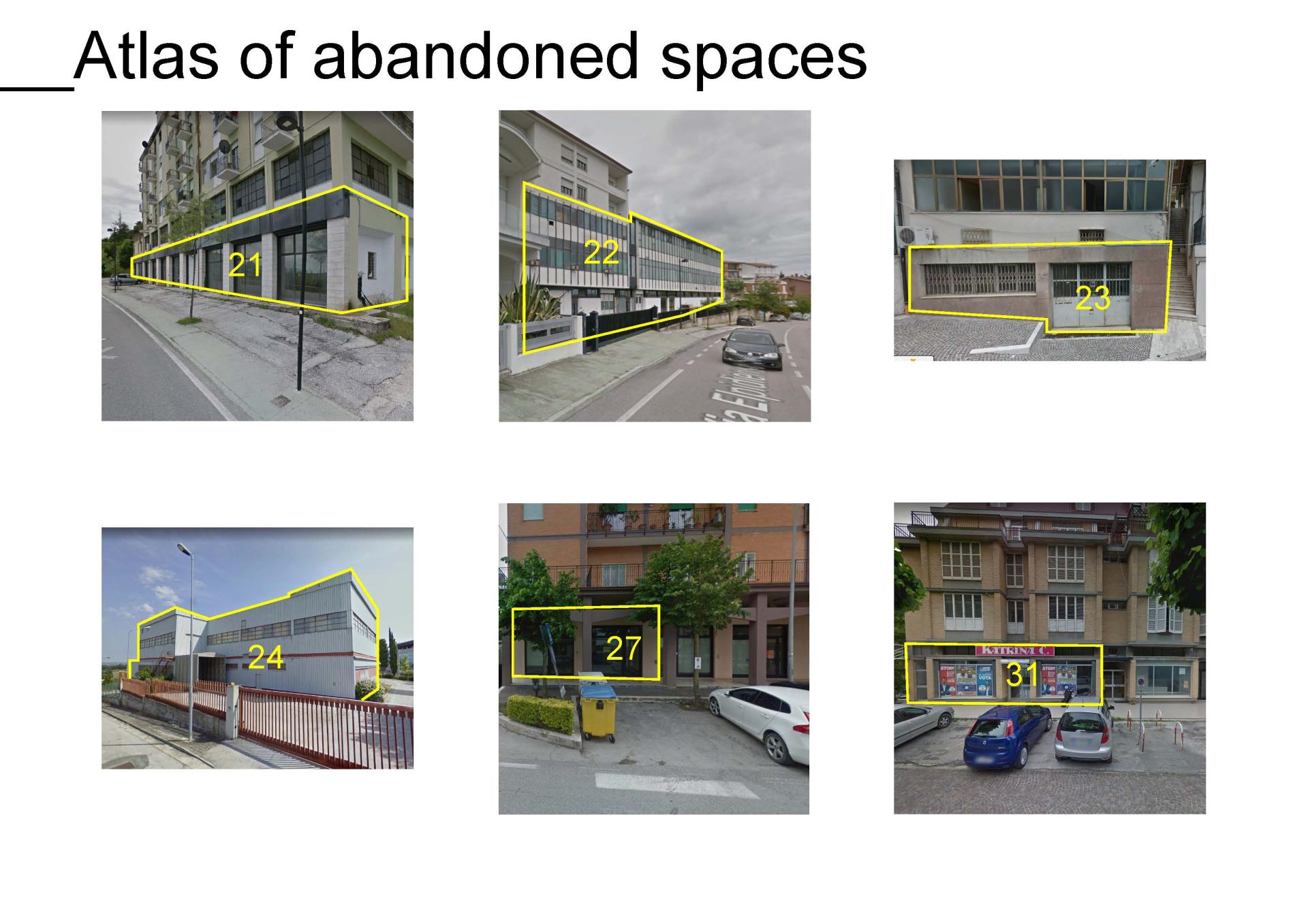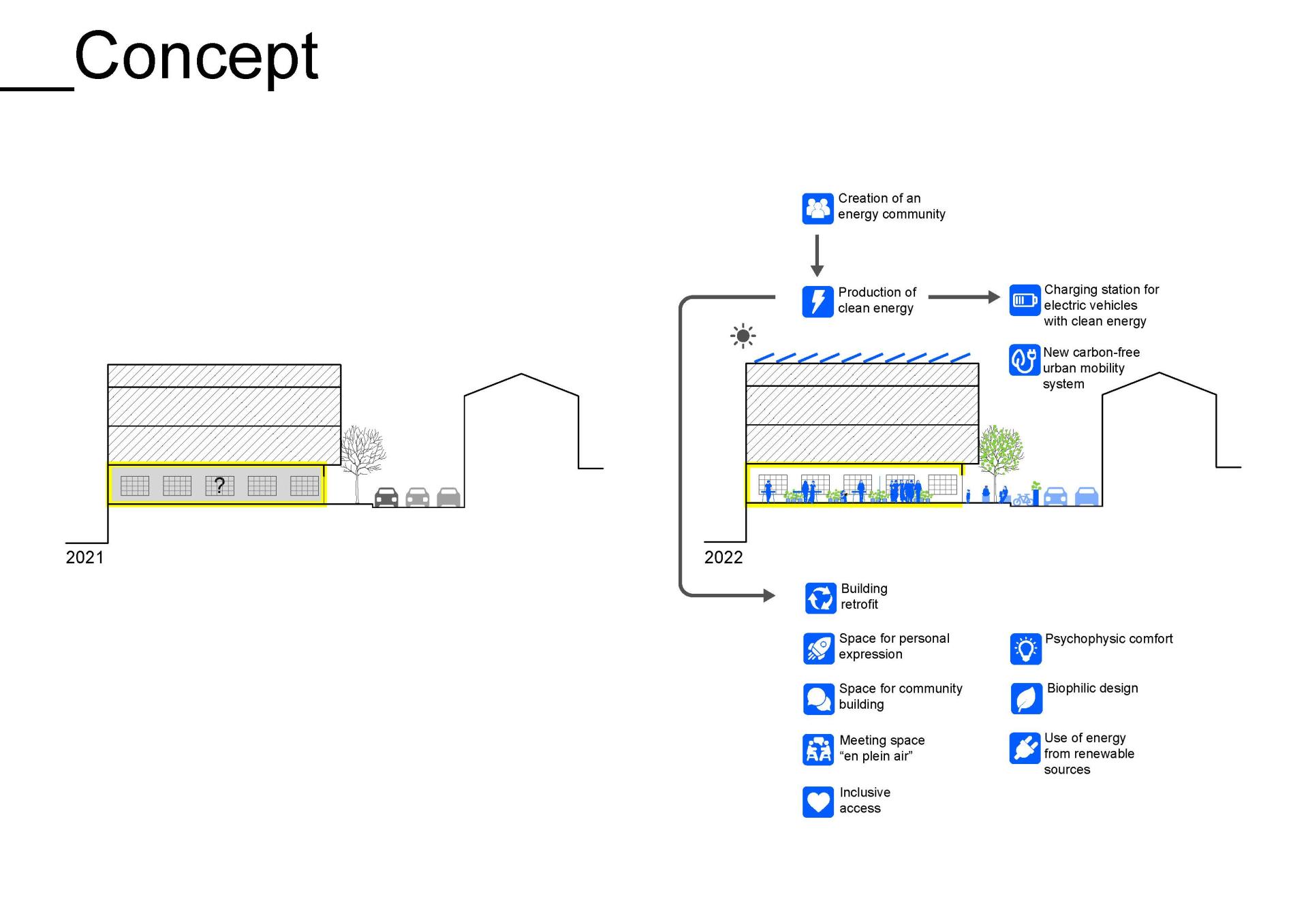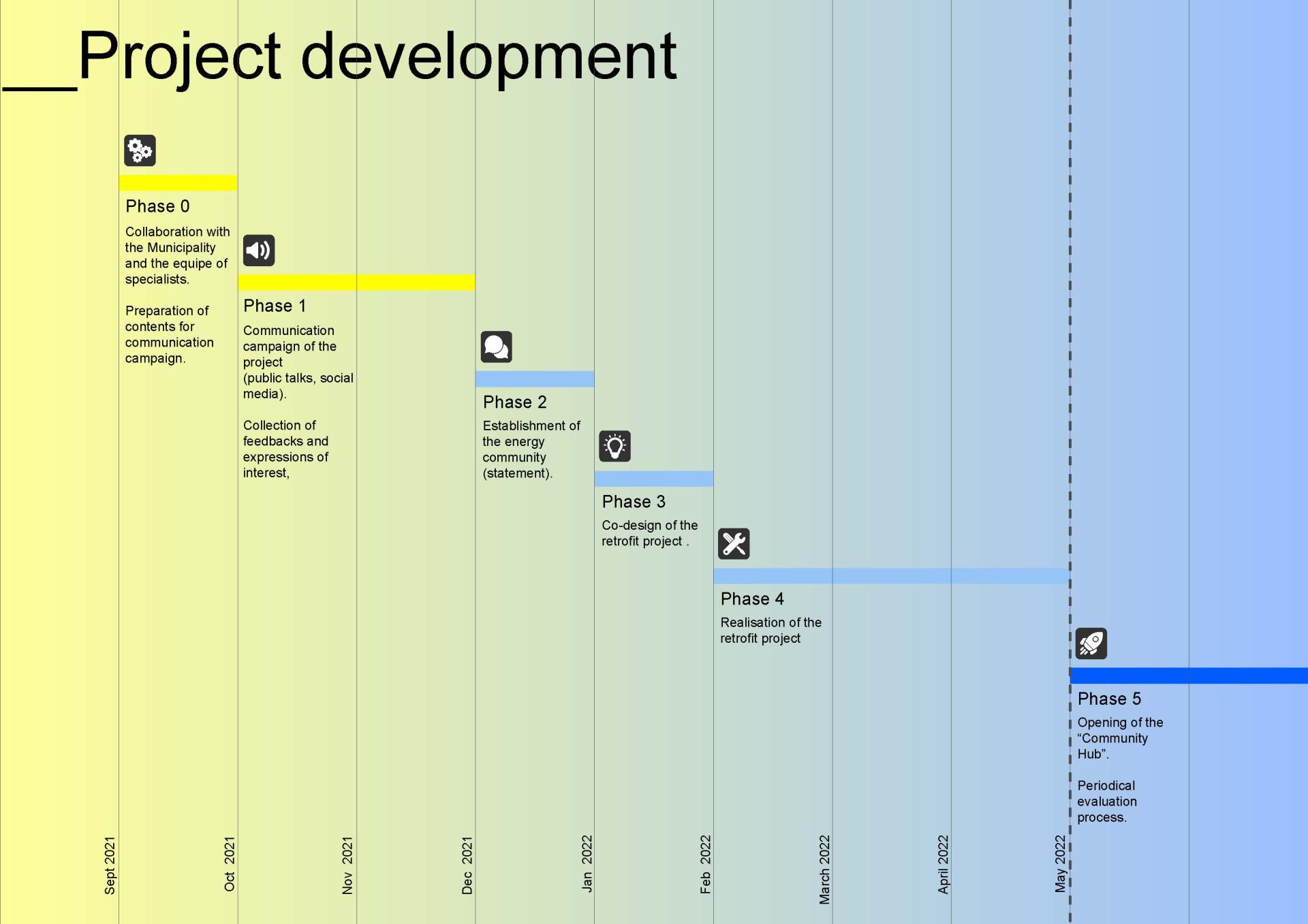My space is our freedom
Basic information
Project Title
Full project title
Category
Project Description
How many abandoned spaces are there in our cities? Do young citizens (i.e under 30) have access to spaces and to economical resources in order to express themselves? What is the current situation of small urban centers compared to big cities?
“My space is our future” is a spatial strategy that gives an action-based answer to these urgent questions, based on the idea that personal well-being is the premise to be proactively part of the community.
Project Region
EU Programme or fund
Description of the project
Summary
“My space is our future” is a spatial strategy that considers personal expression as a key aspect for the success of the community. However there is a big obstacle to personal expression, especially for young citizens (i.e. under 30): the lack of economic resources. Therefore, while the future of the planet relies on them, young citizens are often excluded from shaping contemporary cities.
“My space is our future” is a spatial strategy that sees crisis scenarios as opportunities to innovate, in particular the crisis of commercial spaces, heavily challenged by e-commerce.
“My space is our future” is a spatial strategy that studies the potential of small urban centers (i.e. less than 20.000 inhabitants), an incredible heritage of urban settlements, usually excluded from the innovative inclusive urban practices of big cities. Small urban centers are existing examples of the “15-minute city” and investing in them would avoid the overpopulation of big cities and the land use for new buildings.
“My space is our future” has an action based approach and uses a test site: Montegranaro, a small Italian urban center, that is experiencing a difficult economical crisis for years. As a matter of fact, nowadays there are about 40 abandoned spaces, previously commercial or industrial spaces.
“My space is our future” proposes to establish an energy community of young citizens, that manages the production of clean energy from renewable sources, such as solar panels. Its revenue streams are then invested in the retrofit project of an abandoned space, in order to transform it into a “community hub”. A “community hub” consists of a collective laboratory space for personal exploration and a meeting space for the community. Moreover the produced clean energy is used for charging stations, that support a new shared urban electric mobility system.
The same process can be later applied to other similar urban centers and generate a regional network of dynamic carbon-free community hubs.
Key objectives for sustainability
“My space is our future” has a strategic approach fully oriented towards sustainability. In fact, it provides an action based answer to urgent topics, such as enhancing the capacity for participatory and inclusive city management, promoting access to clean energy and reduction of carbon based practices, generating support for economic development and human well-being.
The project aims at transforming abandoned spaces, on the street level, into community hubs. The community hub provides spaces for the single user as well as for the community, spaces to learn, to experiment, to fail, to understand, to listen, to meet and to create.
Therefore the spatial strategy follows three key objectives.
The first key objective is to enhance community building processes through the involvement of young citizens (i.e. under 30). Thanks to the establishment of the energy community, young citizens become directly involved in the regeneration process of a public space.
The second key objective is to turn the huge amount of abandoned spaces into strategic opportunities for the community. For this reason the retrofit project of the abandoned spaces receives a peculiar attention.
The third key objective is to implement the energy transition within current urban environments. In fact, the production of clean energy from renewable sources, is used for the energy needs of the regenerated building and for the charging stations of shared urban electric mobility.
Lastly, the spatial strategy includes behavioural design strategies: the project is explained to its users and provides guidelines about how to use the community hub properly in terms of energy efficiency.
Key objectives for aesthetics and quality
“My space is our future” considers the aesthetics and quality of the experience as the achievement of personal well-being and the feeling of being a proactive part of the local community.
On one hand, personal well-being is achieved through personal expression, that takes place in the community hub, and inclusivity, since the project involves the future users through a co-design process.
On the other hand, personal well-being is achieved through the experience of psychophysical comfort in indoor and outdoor spaces. For this reason the retrofit project gives peculiar attention to the detailing of the interior atmosphere, designed with a “biophilic approach'', i.e. re-establishing connection with nature.
Therefore selected interior materials are natural and circulair, such as wood and fabrics; diverse plants are integrated with interior furniture, and a circadian lighting system positively affects human health.
Key objectives for inclusion
“My space is our future” aims at inclusively involving young citizens (i.e. under 30) in city making processes and at providing them the tools to shape their present, therefore our common future.
As a consequence, the first part of the project consists in an effective communication campaign, providing open access to project information and sharing its development and its results publicly, via social media and public talks.
Secondly the project includes an important grassroots involvement of future users through co-design sessions, firmly avoiding a top-down approach.
Lastly the “community hub” includes indoor and outdoor spaces for the community, spaces where the community can meet, debate or attend public events.
In addition the street level location of abandoned spaces, that were once commercial spaces, turns the “community hub” into an inclusive accessible space, also for disable people.
Innovative character
“My space is our future” offers an innovative vision of future urban scenarios, a vision where the production of clean energy from renewable sources is combined with urban, social and economic regeneration. The establishment of an energy community of young citizens (i.e. under 30) drives the urban transition and plays a crucial role in the community building process.
“My space is our future” includes small urban centers in the current urban debate. In fact small urban centers, have often less possibilities to experiment innovative urban practices, compared to big cities, while they represent an extraordinary heritage of sustainable urban settlements. They are existing examples of the urban concept of the "15 minutes city", since the proximity of services is the existing condition.

